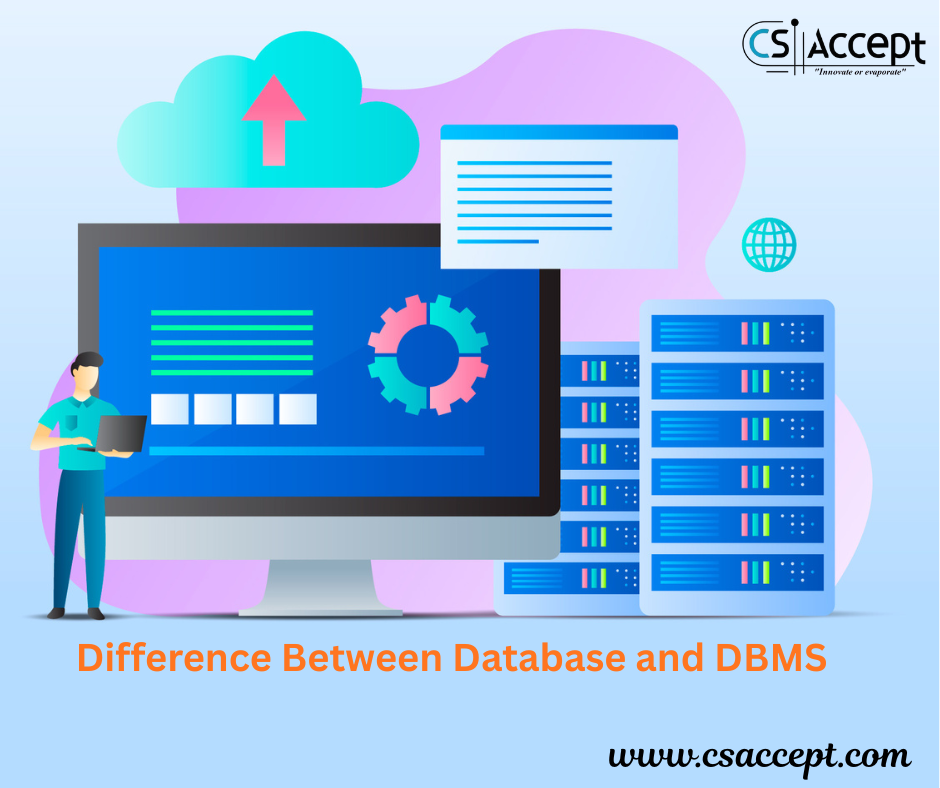
| Point of Comparison | Primary Memory | Secondary Memory |
|---|---|---|
| 1. Also Known As | Main Memory or Internal Memory | External Memory or Storage Memory |
| 2. Volatility | Volatile (except ROM) — data lost when power is off | Non-volatile — data remains even after power is off |
| 3. Speed | Very fast access speed | Slower compared to primary memory |
| 4. Data Retention | Temporary — used during processing | Permanent — used for long-term storage |
| 5. Access by CPU | Directly accessible by the CPU | Not directly accessed by CPU — data must go to RAM |
| 6. Storage Capacity | Limited (usually 4GB – 64GB) | Very large (500GB – multiple TBs) |
| 7. Cost Per GB | High (more expensive) | Low (more affordable) |
| 8. Components | RAM, ROM, Cache Memory, Registers | HDD, SSD, CD/DVD, USB drives, Cloud Storage |
| 9. Usage | Stores active programs, OS, and real-time data | Stores OS, software, documents, media, backups |
| 10. Data Handling | Processes data currently in use | Stores data not immediately needed |
| 11. Lifespan | Limited write cycles (especially RAM) | Generally longer lifespan depending on type |
| 12. Example | RAM (Random Access Memory), ROM | Hard Disk, SSD, Pen Drive, CD/DVD, Cloud Storage |
Summary
- Primary Memory is fast, volatile, and used during active processing.
- Secondary Memory is slower, non-volatile, and used for permanent storage.
They work together in a system: data is stored in secondary memory and loaded into primary memory for processing.







